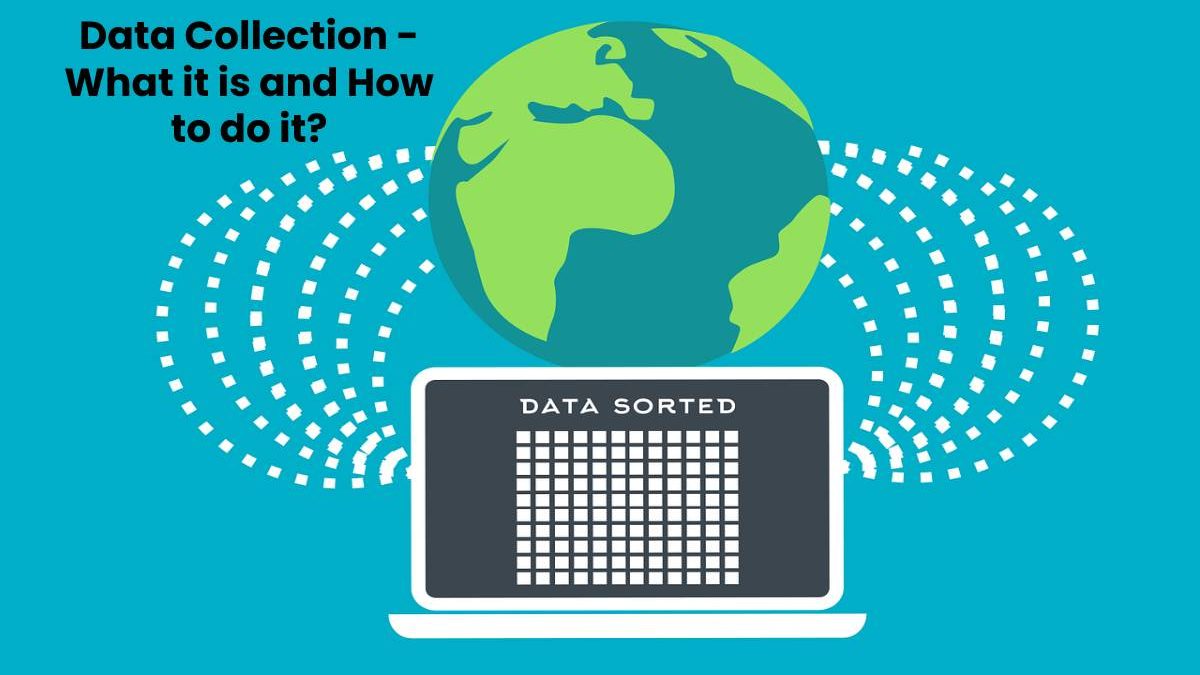Data collection is one of the most delicate processes of an investigation since the quality of the data and the findings will depend on the results obtained.
Therefore, in this article, we will present what it consists of, some of the most feasible methods. To use today and how you can do it step by step.
Table of Contents
What is Information Gathering?
Information gathering is collecting and measuring data on some variable of interest for use in business decision-making, strategic planning, research, and other purposes.
Information gathering is a crucial part of research projects and data analysis applications because it collects information systematically and pre-established.
This way helps to find the answers to the research questions raised, verify or discard the hypotheses, and evaluate the results.
Data Gathering Methods
With the development of technology today, there are multiple ways to collect relevant information for decision making.
Surveys
Surveys are a way of asking consumers for data directly. You can use them to collect quantitative and qualitative data or both. A survey consists of a list of questions that respondents can quickly answer and often gives participants a list of answers to choose from.
You can conduct online surveys, email surveys, by phone or in person. One of the easiest methods is to create an online survey that you host on your website or various platforms.
Observation
Qualitative observation consists of collecting information without asking questions. This method is more subjective since it requires the judgment of the researcher or observer when collecting the data.
Participant observation can determine the dynamics of a situation, which generally cannot be measured by other data collection methods. The word can also combine with additional information, such as video.
Online tracking
When someone visits your website, they leave a lot of information. Accessing this data allows you to see how many people visited your site, how long they were on it, what they clicked on, among many other data.
Your website hosting provider may collect this type of information, and you may also use analytics software for this purpose. You can also place pixels on your site, which allow you to set and read cookies to help track and analyze user behaviour on the web.
Transactional data tracking
Whether you sell products in a store, online, or both, transactional data can give you things you need to know about your customers and business.
One of the most practical ways to store transactional records is through a customer relationship management system. This data can come from your web store, from a third party with whom you contract the electronic commerce or from your point of sale system in the store.
These sources can give you insight into how many products you sell. What types of products are most popular, how often they tend to buy from you, and more.
Online marketing analysis
You can also collect valuable data through brand monitoring and marketing campaigns, whether you run them on web pages, email, or anywhere else. You can even import information from offline marketing campaigns you run.
The software you use to place your ads will likely give you data on who clicked on your ads. What time they clicked, what device they’re using, etc.
Social Media Tracking
Social media is another excellent source of customer data. You can check your list of followers to see who follows you and what characteristics they have in common to understand better who your target audience should be.
Through social media data, you can track what mentions of your brand have been on social media by regularly searching for your brand name, setting up alerts. Or using third-party social media monitoring software.
Collect subscription and registration data
Offering customers something in return for providing information about themselves can help you collect valuable customer data.
You can do this by requesting basic information from customers or visitors to your website. Who want to sign up for your email list, rewards program, or another similar program.
One of the benefits of this method is that the leads you get are likely to become active customers because they have actively shown an interest in your brand.
Conclusion
Data collection is the procedure of gathering and determining data on targeted variables in a recognized system. Allowing one to answer relevant questions and also, evaluate outcomes. Data collection is a study element in all fields, including physical and social sciences, humanities, and business.

